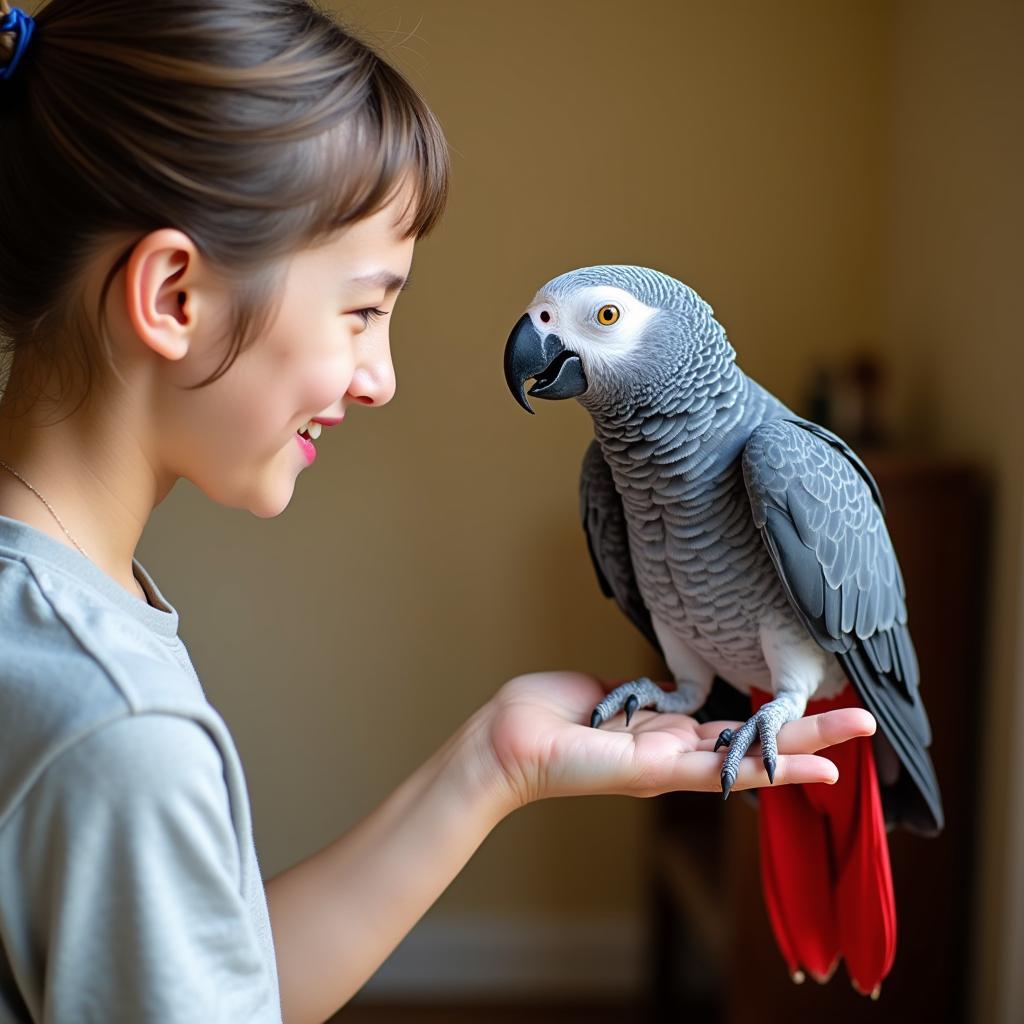African Influences in Modern Art
African art has profoundly impacted modern art movements, inspiring artists worldwide with its unique aesthetics, powerful symbolism, and diverse forms. From Picasso to Matisse, African sculptures, masks, and textiles ignited a creative revolution, shaping the trajectory of 20th-century art and continuing to resonate in contemporary creations. This article delves into the significant influence of African art on the development of modern art, exploring its various facets and lasting legacy.
The Dawn of Inspiration: Discovering African Aesthetics
At the turn of the 20th century, European artists began encountering African art, primarily through ethnographic collections and colonial expositions. These encounters proved transformative. The bold forms, abstract representations, and spiritual significance of African art offered a stark contrast to the prevailing academic traditions of Europe. Artists were captivated by the expressive power and raw energy embodied in African masks, sculptures, and textiles. This newfound inspiration sparked a radical shift in artistic perception, challenging conventional notions of beauty and representation. The impact was immediate and profound, leading to the birth of new artistic movements that revolutionized the art world. Check out this fascinating depiction of African hands: african hands catch the food.
This fascination with African aesthetics led to the incorporation of its stylistic elements into the works of prominent European artists. Picasso’s groundbreaking painting Les Demoiselles d’Avignon (1907) is a prime example, showcasing the influence of African masks in the depiction of the figures’ faces. Similarly, Matisse’s vibrant paintings and sculptures reveal a clear affinity for African forms and decorative patterns. This period marked a turning point in the history of art, with African influences becoming a catalyst for innovation and experimentation.
Cubism and Beyond: African Art’s Impact on Modern Art Movements
African Influences In Modern Art extend far beyond individual artists. The impact reverberated through various artistic movements, notably Cubism. Cubist artists embraced the fragmented forms and multiple perspectives found in African sculptures, leading to the development of a revolutionary artistic language. This new visual vocabulary challenged traditional notions of perspective and representation, paving the way for abstract art. African art’s emphasis on geometric shapes, simplified forms, and expressive power resonated deeply with Cubist principles, contributing significantly to the movement’s aesthetic development.
Beyond Cubism, the influence of African art can be observed in other movements such as Expressionism and Surrealism. The emotional intensity and symbolic richness of African masks, for example, found resonance in Expressionist works exploring themes of primal emotions and human experience. The dreamlike quality and focus on the subconscious in Surrealist art also drew inspiration from the spiritual and ritualistic aspects of African art. Even today, contemporary artists continue to engage with African aesthetics, demonstrating the enduring legacy of this cross-cultural exchange. Want to explore African hairstyles? Take a look at african dreadlocks.
How Did African Art Influence Modern Art? A Closer Look
The influence of African art on modern art was multifaceted, encompassing various aspects of artistic creation:
- Form and Abstraction: African art’s emphasis on simplified forms, geometric shapes, and abstract representation challenged European artistic conventions, inspiring artists to explore new ways of depicting the world.
- Spirituality and Symbolism: The deep spiritual meaning embedded in African masks, sculptures, and textiles resonated with artists seeking to express profound emotions and explore themes beyond the purely representational.
- Materials and Techniques: The use of natural materials and diverse techniques in African art, such as wood carving, textile weaving, and metalwork, influenced the exploration of new materials and artistic processes in modern art. Consider the intricate designs of african lace kaftan styles.
Dr. Adeola Onabolu, a renowned art historian specializing in African art, explains: “African art provided a vital bridge to a new artistic vocabulary. Its influence wasn’t merely about copying forms but about absorbing a different way of seeing and interpreting the world.”
The Enduring Legacy: African Art’s Continued Relevance
The impact of African art on modern art continues to resonate in contemporary artistic practice. Artists from diverse backgrounds draw inspiration from African aesthetics, reinterpreting traditional forms and motifs in new and innovative ways. This ongoing dialogue between cultures ensures that the rich legacy of African art remains a vital force in shaping the future of artistic expression. We can also observe African influences in areas like african boy drawing.
Conclusion
African influences in modern art represent a pivotal moment in art history. From sparking revolutionary movements like Cubism to inspiring individual artists, African art’s impact has been profound and enduring. Its unique aesthetic language, rich symbolism, and diverse forms continue to shape the art world today, reminding us of the power of cross-cultural exchange and the enduring legacy of African artistic traditions.
FAQ
- What is the most significant impact of African art on modern art? The introduction of new forms and abstraction, challenging traditional European artistic conventions.
- Which artists were most influenced by African art? Artists like Picasso and Matisse were profoundly influenced, incorporating African aesthetics into their work.
- How did African art influence Cubism? It inspired the use of fragmented forms and multiple perspectives.
- What is the lasting legacy of African art in modern art? Its continued relevance and inspiration for contemporary artists worldwide.
- Where can I learn more about African art? Museums and galleries specializing in African art offer valuable resources and exhibitions.
- What are some key characteristics of African art? Bold forms, abstract representations, and spiritual significance are key characteristics.
- How has African art influenced contemporary art? Artists continue to engage with African aesthetics, reinterpreting traditional forms and motifs in new ways.
Need support? Contact us 24/7: Phone: +255768904061, Email: kaka.mag@gmail.com or visit us at Mbarali DC Mawindi, Kangaga, Tanzania.



